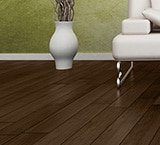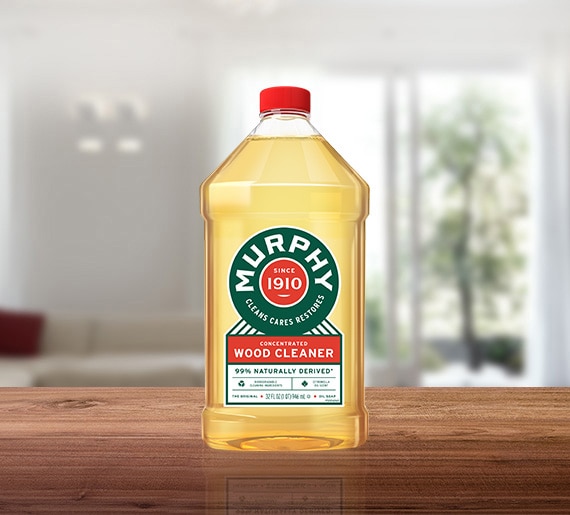WOOD FURNITURE, CLEANING FURNITURE
How Furniture Polish Protects Your Furniture

Today's wood polish is not the same as your grandparents' original polish. Floor finishes weren't as durable as some of the surfaces manufactured today, either.
So, what's the difference? Even though finishes may be stronger, the nature of wood furniture itself is still often susceptible to damage. Scratches, abrasions, wear these are just a few of the problems a contemporary furniture polish can cover up. Here's an inside look
THE WOOD'S FINISH
Most furniture today is protected by a matte finish, high-gloss surface or low-gloss or satin finish. A finished surface lets fewer scratches through to the wood, and more consistency in the wood's color over the furniture's lifespan. The finish prevents dirt from accumulating inside cracks and crevices, as well. Many finishes also prevent moisture from getting into the wood, which is actually quite the porous material.
WHERE WOOD POLISH COMES IN
Furniture polish is designed to assist the existing finish in doing its job. This polish helps seal the finish's surface, in case a portion of it is worn or becomes weaker. Polish also prevents dust from building up on the furniture, creating a smoother surface that makes it difficult for dust to gather. And because the polish adds another thin layer on top of the piece, it can fill in tiny scratches, helping to keep moisture from seeping in between the wood and finish. Polish also brightens up the existing finish, helping the furniture look nicer among the rest of the room.
HOW TO INTRODUCE THEM
For the best results when polishing your furniture, use a soft rag or cloth that won't irritate the surface. Better Homes And Gardens recommends tools that specifically don't pose a risk for scratching; a
Choose a safe, natural furniture polish like Murphy® Oil Soap orange oil cleaner to get the job done, and ensure that your furniture maintains its protective shine for years to come.
This article was brought to you by Colgate-Palmolive Company, the makers of Murphy® Oil Soap. The views and opinions expressed by the author do not reflect the position of the Colgate-Palmolive Company.









